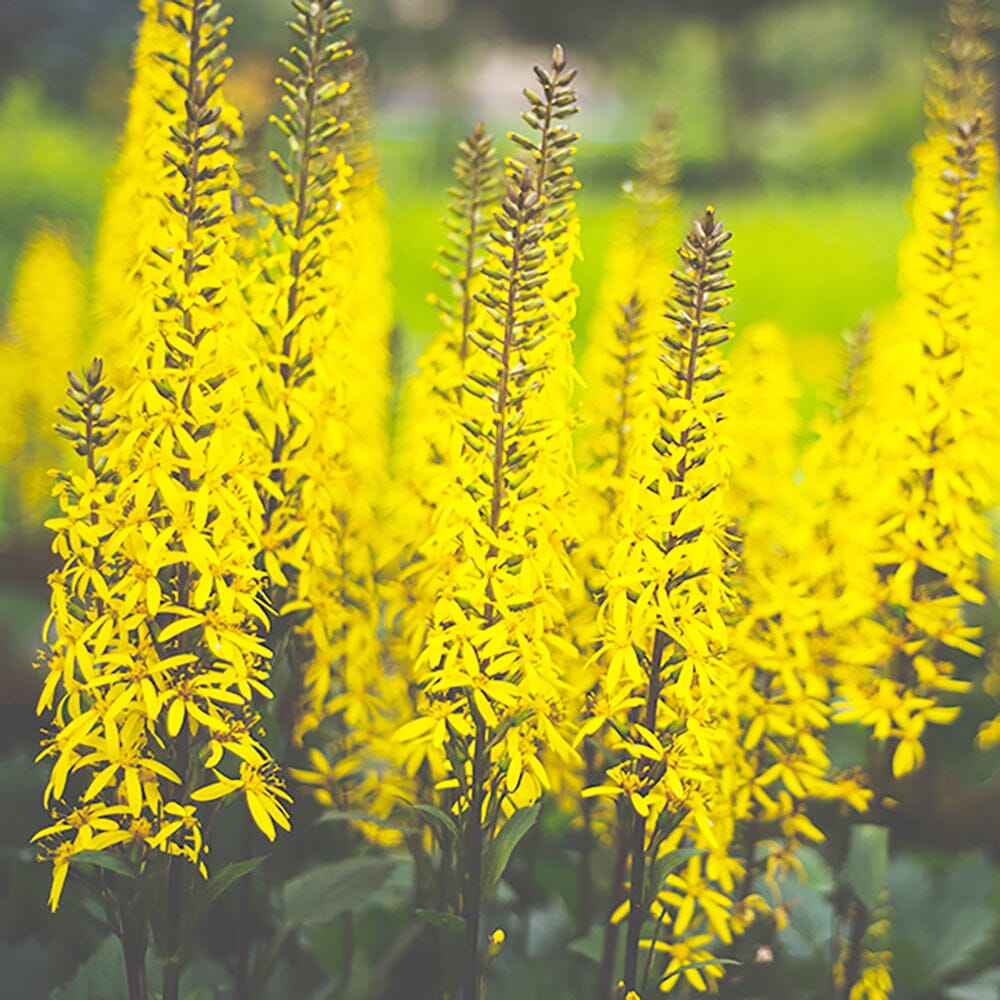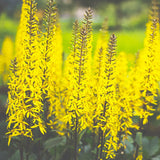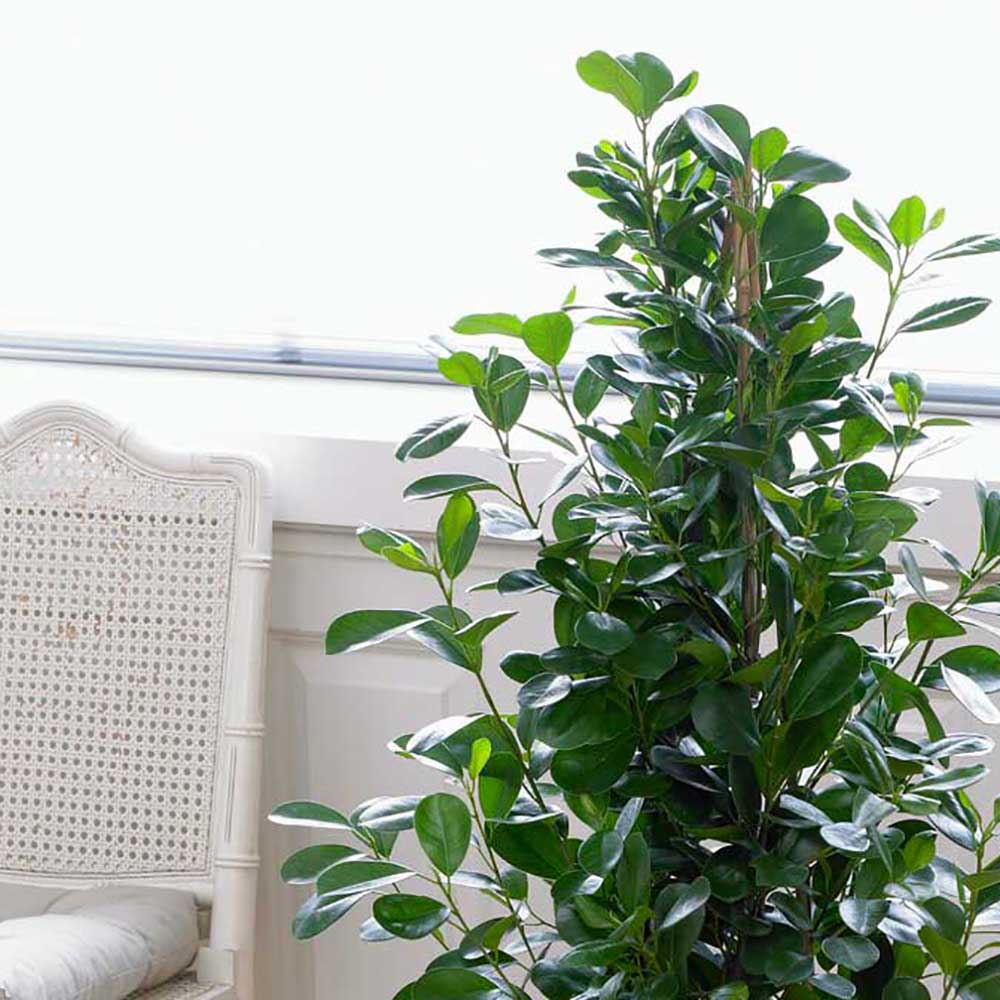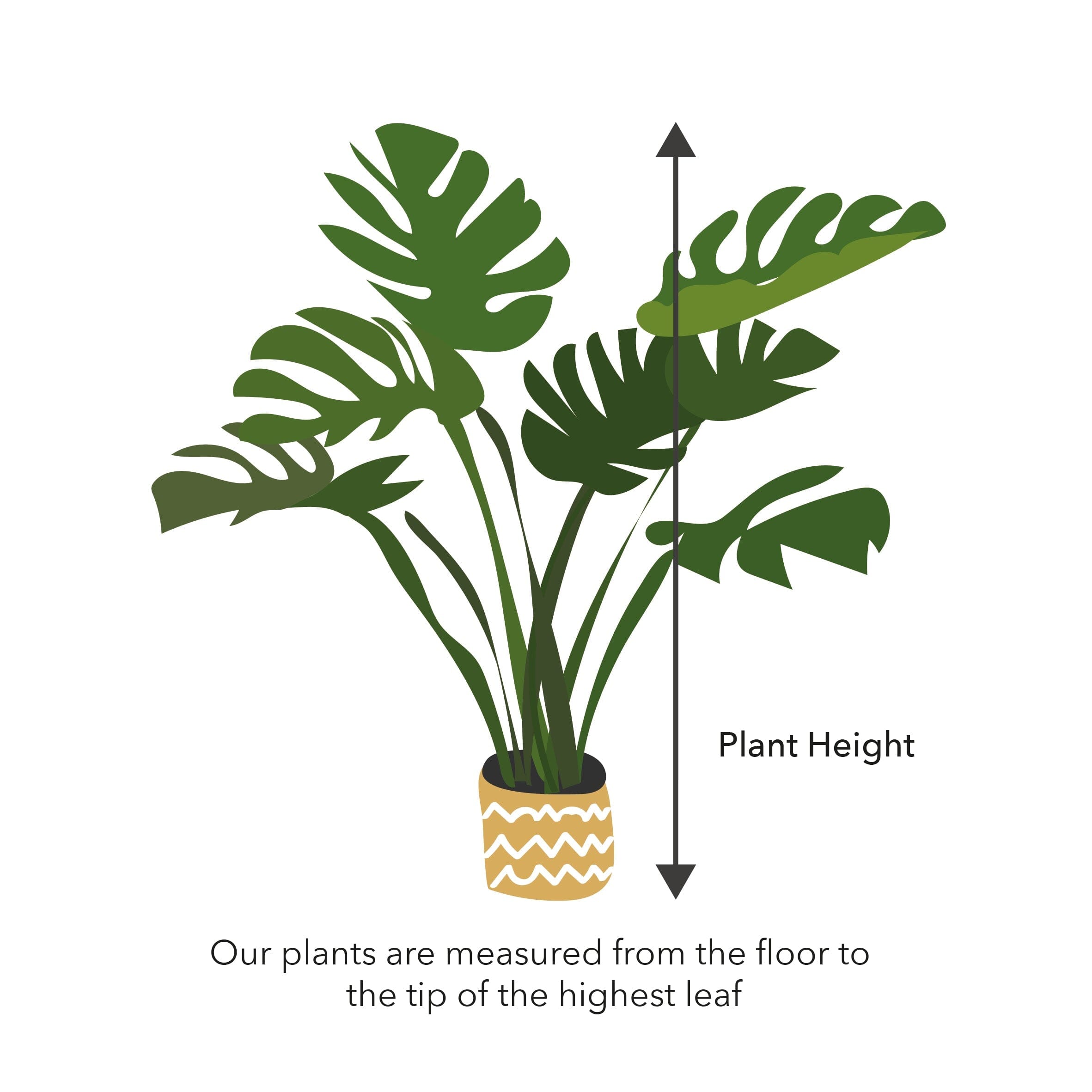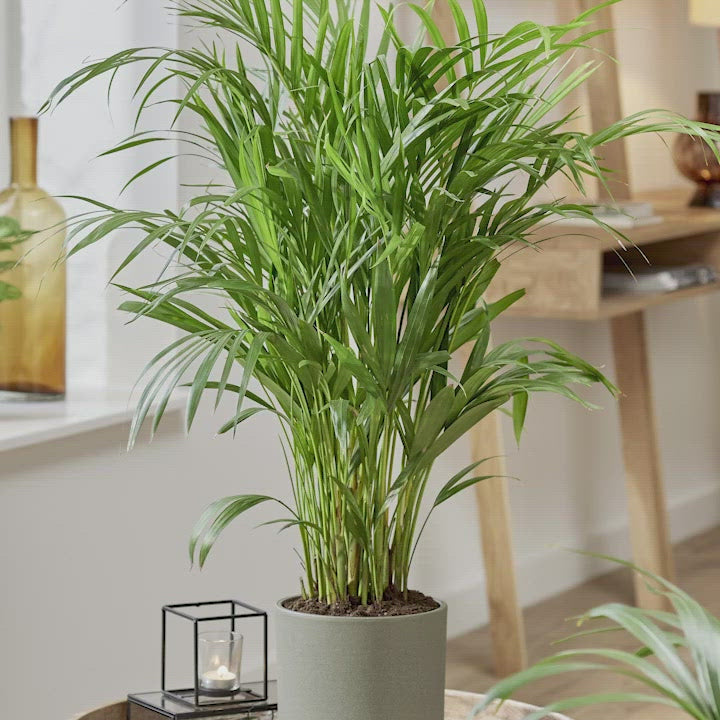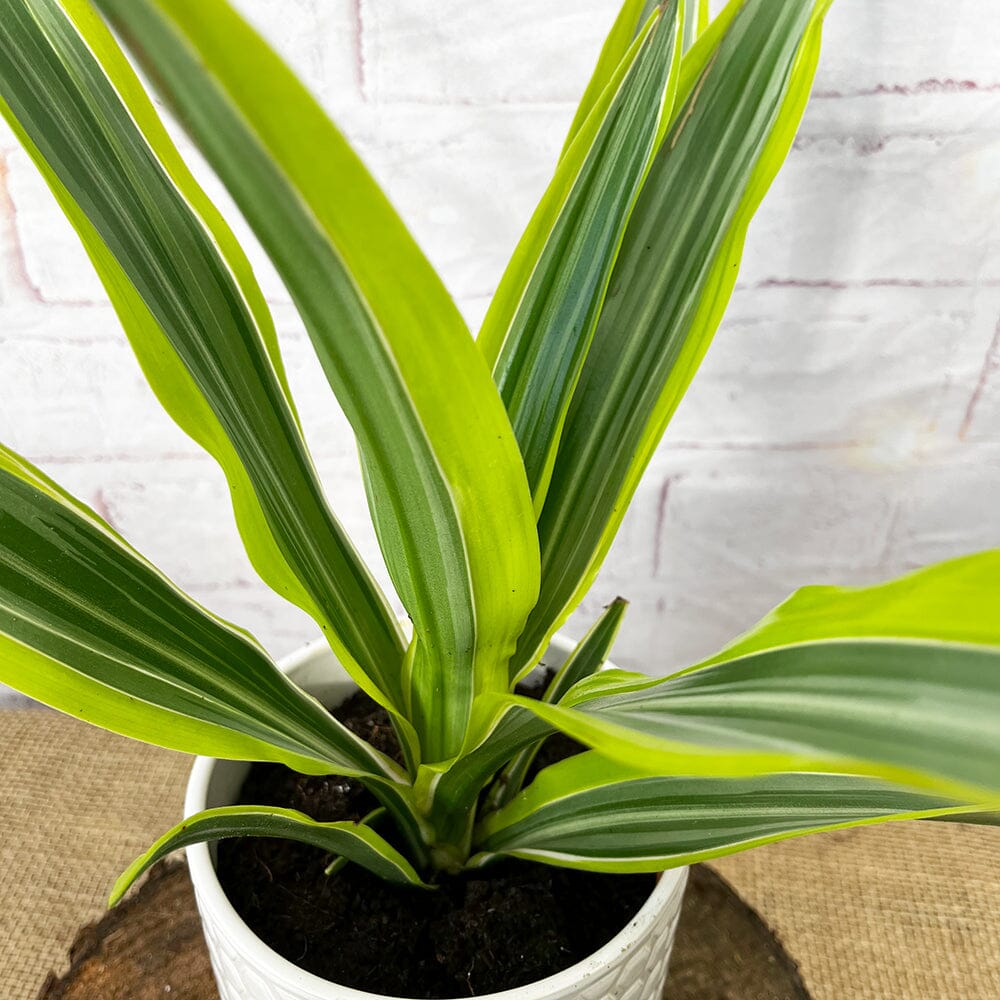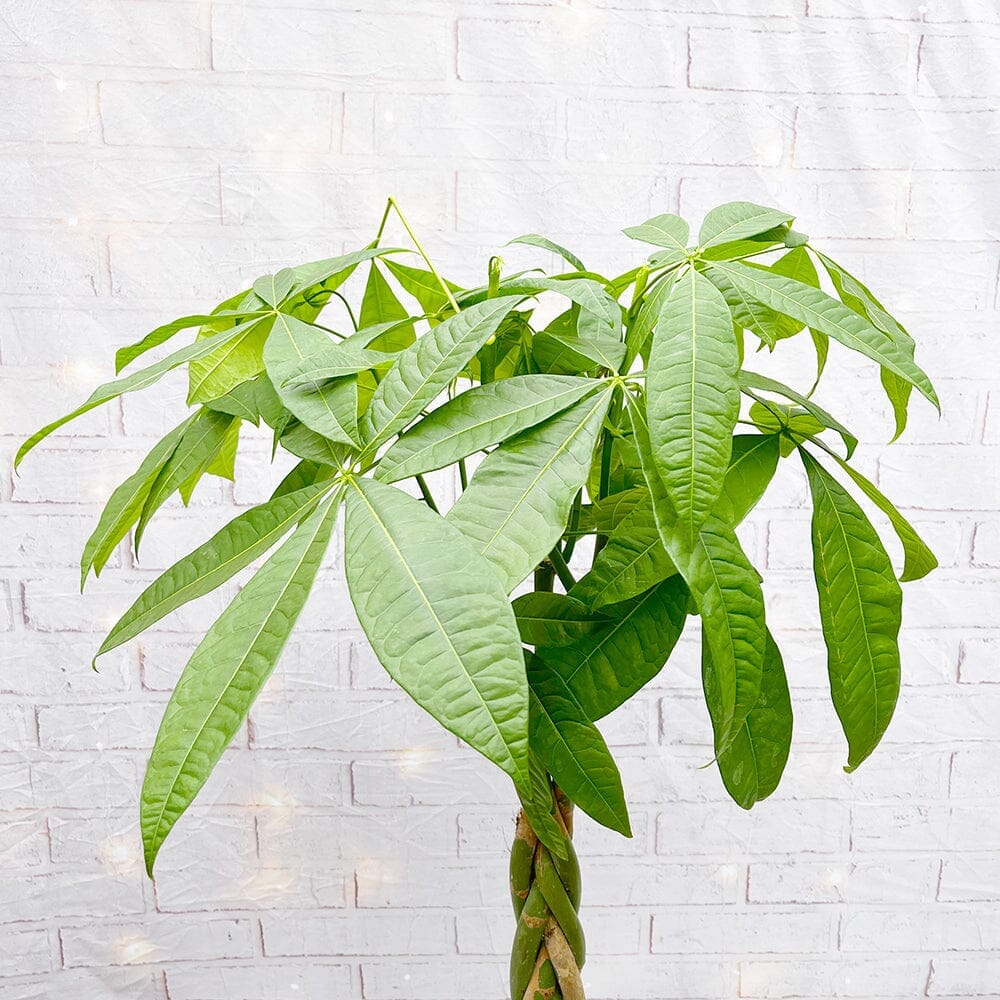Ligularia Przewalskii Aquatic Pond Plant - Przewalski's Golden Ray
Ligularia przewalskii, also known as Przewalski's ligularia or giant ligularia, is a stunning herbaceous perennial prized for its large, bold foliage and tall flower spikes. Here is a detailed description and care guide for Ligularia przewalskii:
Description:
Ligularia przewalskii features large, deeply lobed, heart-shaped leaves that can grow up to 1 foot (30 cm) in diameter. The leaves emerge in spring with a dark green color and have a glossy texture. The plant forms a clump that can reach a height of 3 to 5 feet (90 to 150 cm) and a spread of 2 to 4 feet (60 to 120 cm). In mid to late summer, it sends up sturdy, upright flower spikes that can reach up to 6 feet (180 cm) in height. The flower spikes are adorned with bright yellow, daisy-like flowers that create a striking contrast against the dark green foliage.
Care Guide:
Light: Ligularia przewalskii thrives in partial shade to full shade. It prefers dappled sunlight or a few hours of direct morning sun. Avoid planting it in full sun, as the leaves may scorch.
Soil: Provide a moist, well-draining soil that is rich in organic matter. Ligularia przewalskii prefers consistently moist soil, so consider planting it near a water source or in a boggy area.
Watering: Regular and adequate watering is crucial for Ligularia przewalskii. Keep the soil consistently moist, but not waterlogged. Mulching around the plant can help retain moisture.
Fertilizer: Apply a balanced, slow-release fertilizer in spring to promote healthy growth and flowering. Follow the package instructions for the recommended dosage.
Pruning: Remove any dead or damaged leaves as needed throughout the growing season. After the first frost, you can cut back the plant to the ground.
Division: Every 3 to 4 years, consider dividing the plant in early spring to control its size and rejuvenate its growth. Dig up the clump, separate it into smaller sections, and replant them.
Pests and Diseases: Ligularia przewalskii is generally resistant to pests and diseases. However, keep an eye out for slugs and snails, as they may damage the foliage. Using organic pest control methods or applying slug pellets can help manage these pests.
Winter Care: Ligularia przewalskii is hardy in USDA hardiness zones 4 to 8. In colder regions, provide a layer of mulch around the base of the plant to protect it from harsh winter temperatures.
By following these care guidelines, you can enjoy the impressive foliage and striking flowers of Ligularia przewalskii in your garden.
Selection:
Choose plants that are specifically adapted to grow in wet or boggy conditions. Research different species of bog plants to find ones that suit your pond's conditions and your aesthetic preferences. Consider factors such as height, flower colour, foliage texture, and seasonal interest when selecting plants.
Soil:
Bog plants thrive in soil that is consistently moist, but not waterlogged. Prepare the planting area by creating a mix of equal parts garden soil, peat moss, and sand to provide good drainage while retaining moisture. Avoid using heavy clay soil, as it can become compacted and restrict root growth.
Sunlight:
Most bog plants prefer full sun to partial shade. Ensure that the plants receive at least 4-6 hours of direct sunlight each day for optimal growth and flowering. Some bog plants can tolerate more shade, so consider the specific light requirements of the plants you choose.
Watering:
Bog plants require consistent moisture, so water them regularly to keep the soil damp. Monitor the moisture level and water as needed to prevent the soil from drying out. During hot and dry periods, you may need to water more frequently to maintain proper moisture levels.
Planting:
Dig a hole slightly larger than the root ball of the plant and loosen the soil at the bottom. Place the plant in the hole, ensuring that the crown is level with or slightly above the soil surface. Backfill the hole with the prepared soil mixture, gently firming it around the plant to eliminate air pockets. Water thoroughly after planting to settle the soil and provide initial hydration.
Mulching:
Apply a layer of organic mulch, such as straw or shredded bark, around the base of the plants. Mulching helps retain moisture, suppresses weeds, and regulates soil temperature. Maintain a layer of 2-3 inches of mulch, keeping it away from the plant's stems to prevent rotting.
Fertilization:
Bog plants generally do not require heavy fertilization if the soil is nutrient-rich. However, if growth appears weak or leaves show signs of nutrient deficiencies, you can apply a slow-release fertilizer specifically formulated for aquatic plants. Follow the manufacturer's instructions for application rates and frequency.
Maintenance:
Regularly remove any dead or decaying foliage to maintain plant health and appearance. Divide overcrowded plants every few years to prevent competition for resources and promote vigorous growth. Prune back excessive growth to maintain a tidy appearance and to prevent plants from encroaching on other plants or the pond itself.
Winter Care:
Hardy bog plants can withstand winter temperatures, while tender ones may need protection. In colder regions, consider mulching around the base of the plants or covering them with a layer of straw or burlap to insulate them from freezing temperatures.
Monitoring and Troubleshooting:
Regularly inspect plants for signs of pests, diseases, or nutrient deficiencies. Address any issues promptly with appropriate treatments, such as organic insecticides, fungicides, or nutrient amendments. By following these general tips and care guidelines, you can create a thriving bog planting area around your pond, adding beauty and interest while supporting a diverse ecosystem.








